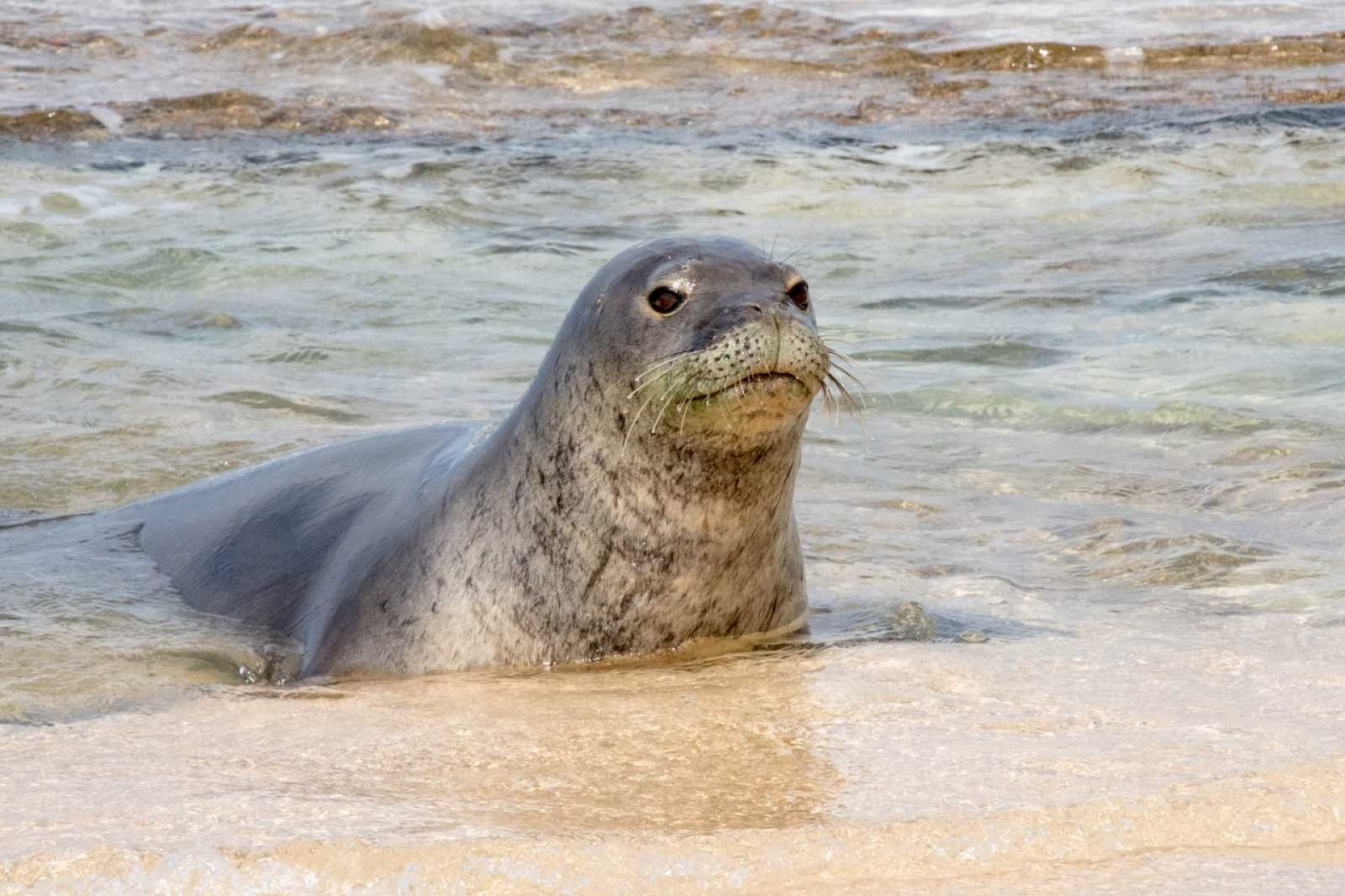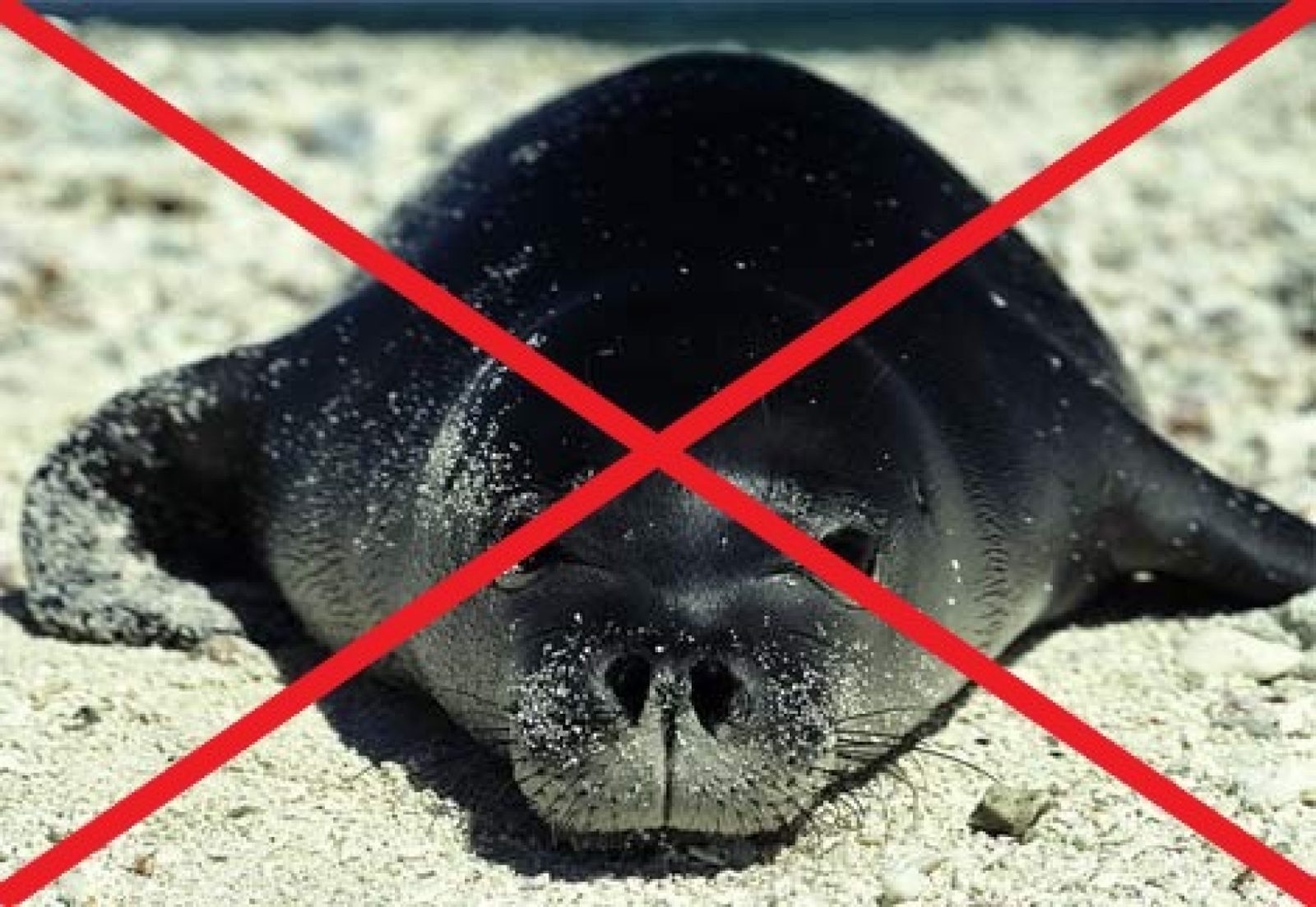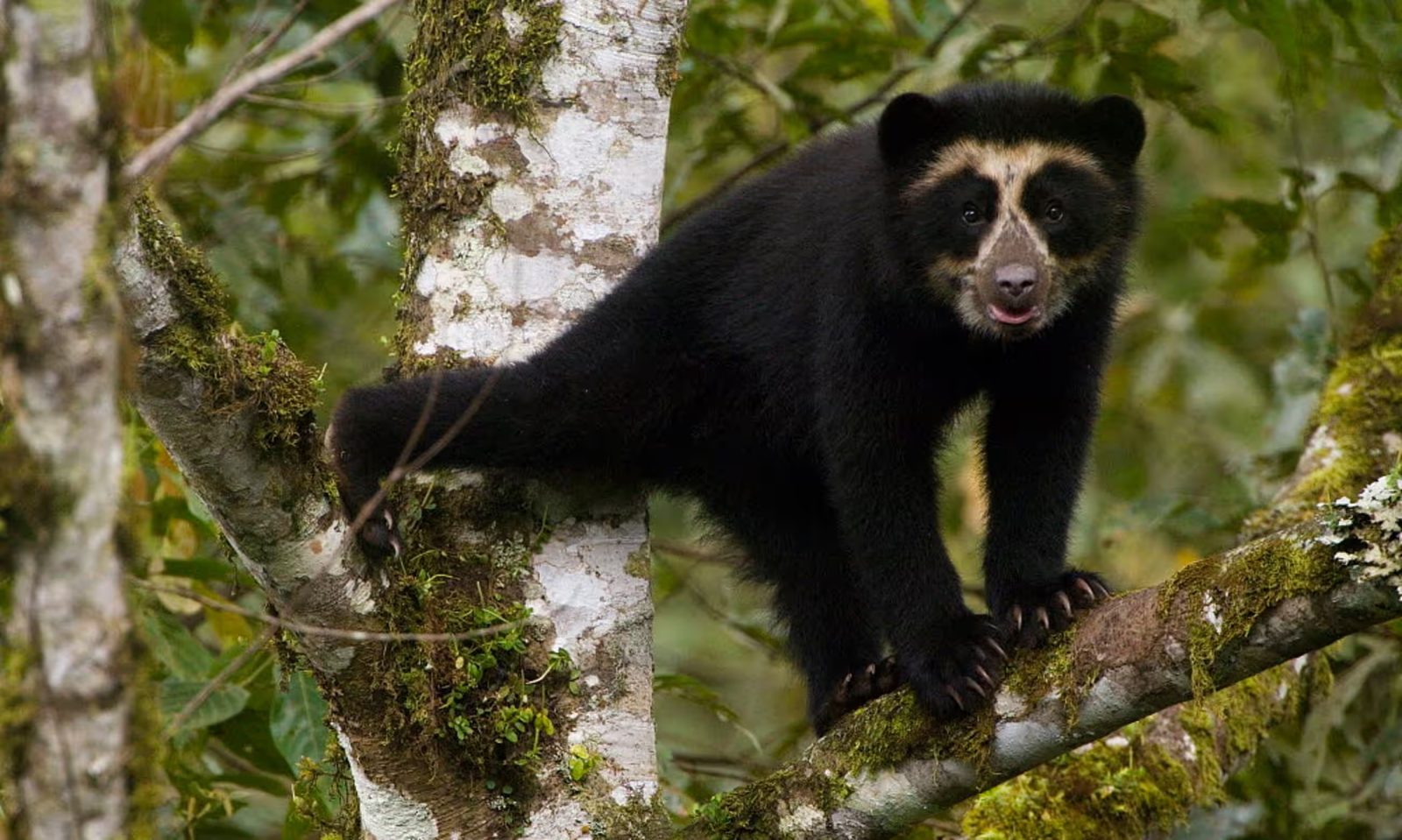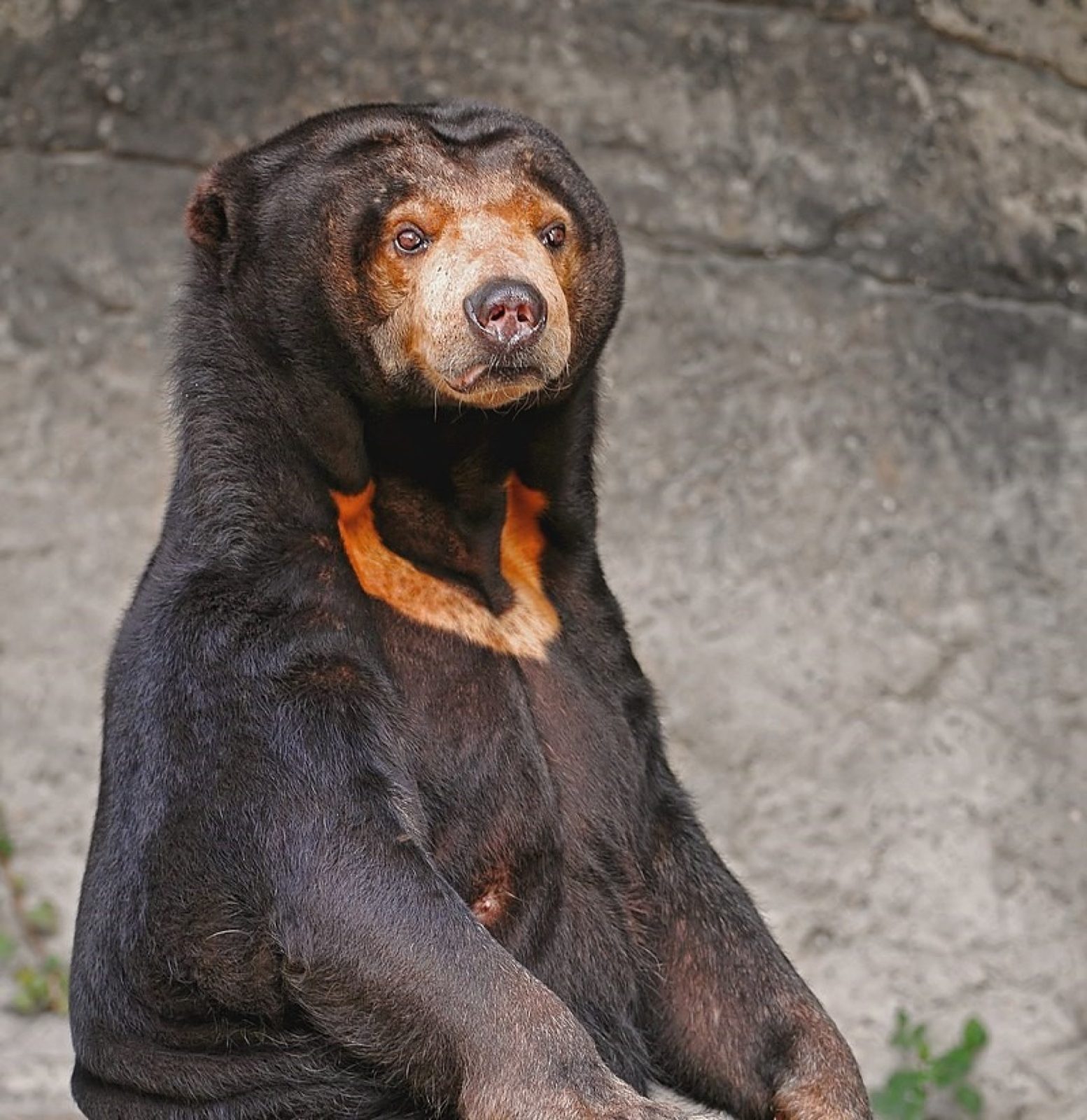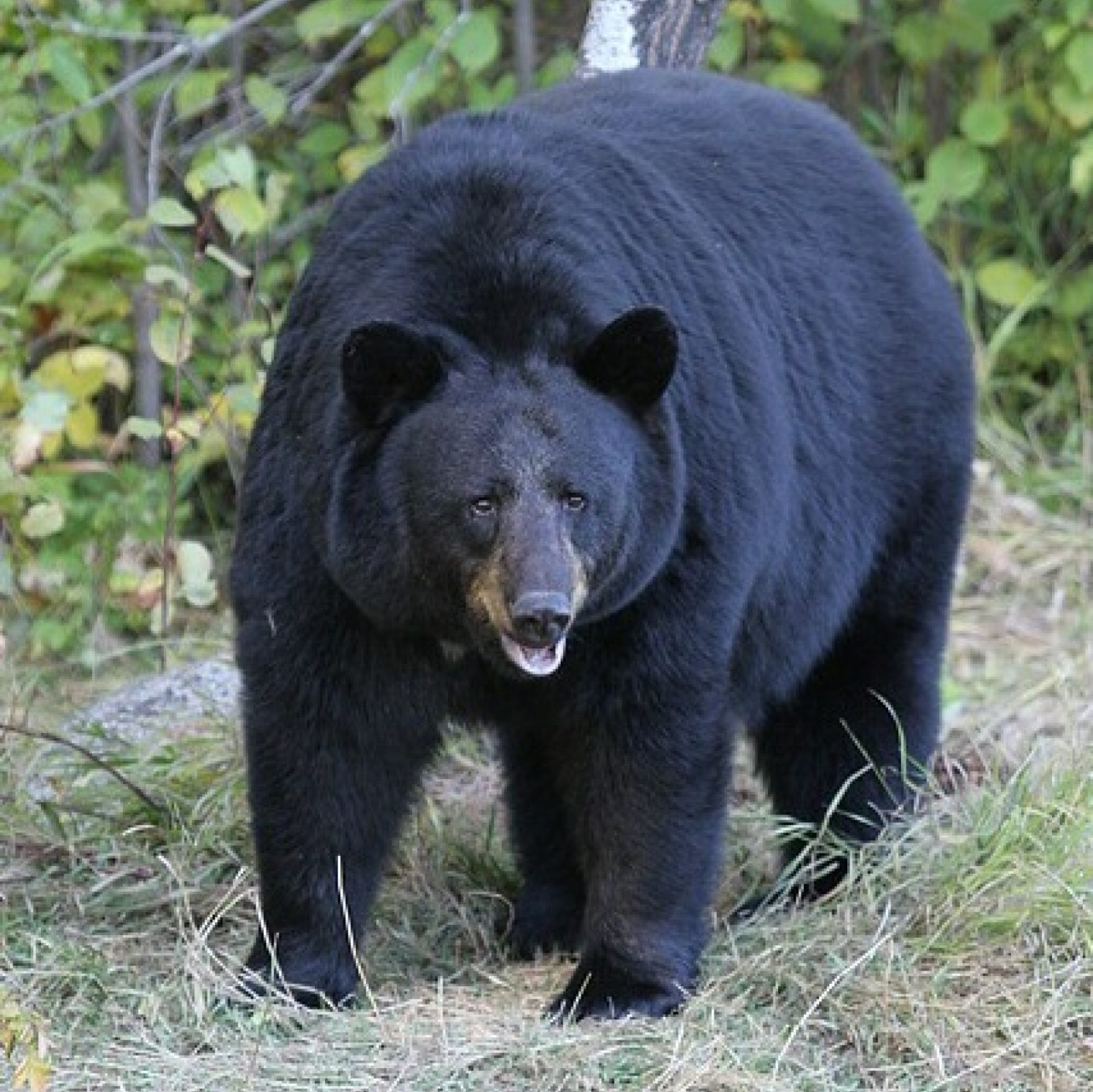
Northern elephant seal
The Northern elephant seal lives in the East pacific ocean. They spend the majority of their life at sea, only coming ashore to birth, breed and molt. The majority of the beaches that these activities occur on, are along the California coast, on remote beaches and islands off the coast. The number of breeding beaches has increased as the species has recovered.
From the 18th century, they were hunted for their blubber which could be made into oil. This went on until the wild population was only thought to number 20-40. In 1874 a large male (18foot bull 5.4m length) yielded 210 gallons of oil.
They were thought to be extinct in 1884, until a colony of 8 individuals was found in the Guadalupe islands in 1894 (several of these few survivors were instantly killed to be added to various collections!). Thankfully, somehow they avoided extinction and in 1922 Mexico banned their hunting, with USA doing the same thing at a similar time. This has worked, with the population currently thought to number around 100,000 in the wild.
Unfortunately, this genetic bottleneck is still very evident in the current population, and as reduced their ability to cope with disease and changes in their habitat. While populations are continuing to recover at roughly 6% a year, there are places in the south where climate change appears to be reducing their populations – and el nino years often result in almost no pups surviving.


